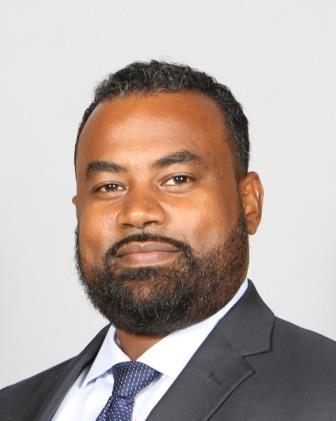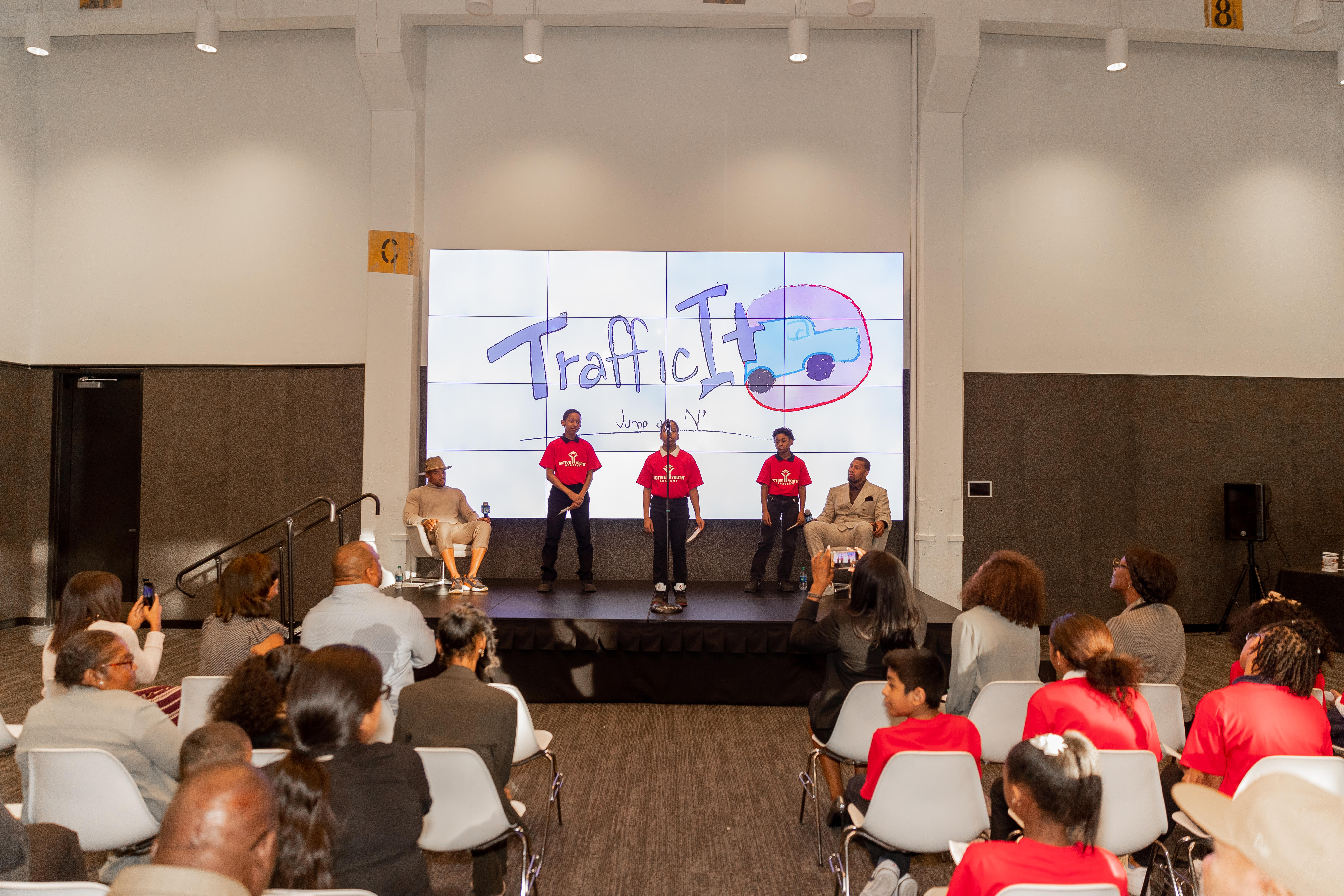This post originally appeared on the website of PRNewswire.
ATLANTA, May 21, 2019 /PRNewswire/ — SOCAP (Social Capital Markets) and Conscious Company Media (CCM) will host the inaugural SPECTRUM conference on June 12 & 13, 2019 at The Gathering Spot in Atlanta, GA.
SPECTRUM, made possible with support from the W.K. Kellogg Foundation, is a two-day cross-sector convening to bring together business leaders, entrepreneurs, thought leaders, practitioners, and investors to identify ways to foster economic growth that is based on equity, diversity, and inclusion where everyone can thrive.
“The fastest-growing population of American entrepreneurs are people of color, and the next wave of innovative companies are coming from cities like Atlanta, New Orleans, and Memphis,” says Lindsay Smalling, CEO of SOCAP. “SPECTRUM is a convening to accelerate the market for these game-changing solutions and create an inclusive impact economy.”
“The conscious business movement has tremendous potential to redesign business in service of all life, but it is not as inclusive and diverse as it needs to be. With SPECTRUM we hope to create space for honest conversation and take a hard look at systemic bias that limits the best business has to offer,” said Meghan French Dunbar, CEO and Co-founder of Conscious Company Media.
SOCAP and Conscious Company Media are both part of Intentional Media, a family of media and event brands catalyzing the transition to an economy that ensures social, environmental and economic systems thrive together. SPECTRUM is the first collaboration by the two companies, which are each bringing their respective audience and experience in designing world-class convenings.
SOCAP convenes the largest and most diverse impact investing community in the world at its annual flagship conference, which has hosted over 20,000 participants since its founding in 2008. Conscious Company Media was founded in 2014 and produces Conscious Company Magazine, the first nationally distributed publication in the US to focus solely on sustainable business and business as a force for good, as well as the Conscious Company Leaders Forum and the World-Changing Women’s Summit.
“This new convening is a thoughtful and exciting continuation of the conversations that emerged during the Racial Equity track that the Kellogg Foundation supported at SOCAP17 and SOCAP18. Impact investors, social entrepreneurs, and business leaders will be essential partners to create pathways for equitable opportunity and harness the power of the capital markets to improve the lives of children, their families and their communities, ” said Cynthia Muller, director of Mission Investment at the W.K. Kellogg Foundation.
The Kellogg Foundation has been on the forefront of racial equity, establishing itself as an anti-racist organization more than a decade ago, and allocating $100 million of its endowment to mission-driven investments over the last decade. Narrative change, racial healing, and relationship building are pillars of their work.
At SPECTRUM, programming will feature provocative talks from leaders actively working on a more inclusive impact economy including Marc Bamuthi Joseph, Vice President and Artistic Director of Social Impact at The John F. Kennedy Center for the Performing Arts; Francine Chew, VP, Impact & Responsible Investments Group at Prudential Financial; Frederick Hutson of Pigeonly; Edward Dugger III of Reinventure Capital; Jasmine Crowe of Goodr; Jessica Stago of Change Labs; Lisa Yancey of the We’s Match; and Rohit Malhotra of Atlanta’s Center for Civic Innovation. Anchor conversations on the business case for racial equity, impact investing, and conscious business, as well as a focus on accessing capital will draw on the expert networks of SOCAP and CCM.
An advisory board of local and national leaders in conversations of racial equity were engaged for initial event concept and programming guidance. SPECTRUM Advisory Board members are Andrew Brower, W.K. Kellogg Foundation; Kelly Burton, Founders of Color; Courtney Counts, KTC; Elaine Dinos, Kindred Lane; Rodney Foxworth, BALLE; Marcos Gonzalez, Vamos Ventures; Twanna Harris, Atlanta BeltLine Inc.; Venus Lockett, Urban Asset Builders (UAB) Inc.; Cynthia Muller, W.K. Kellogg Foundation; and Joey Womack, Amplify 4 Good.
“As the birthplace of the Civil Rights Movement, Atlanta has always had a storied legacy of disrupting the status quo while leveraging creativity and innovation to challenge systemic and institutional barriers. Convening national thought leaders to share global best practices is absolutely critical in how we reimagine the future of cities as entrepreneurial ecosystems, promote inclusive innovation, address the inclusion of underrepresented communities, and create new tactics of democratizing opportunity for everyone,” said Twanna Harris, VP of Brand, Content and Strategic Initiatives for Atlanta BeltLine, Inc.
SPECTRUM will deliver actionable insights and connections and provide concrete ways to start activating change, individually and organizationally, in a bold conversation for the field. Significant time is being allocated for attendees to be in conversation and a skilled facilitator and coalition builder, Nadia Brigham, has been engaged to guide the conversation. Nadia brings over 20 years of experience advancing diversity, equity and inclusion particularly focused on racial equity and community engagement. Together with attendees, Nadia will guide the conversation to ensure that clear objectives are established, insights are gathered, and meaningful action continues after the event concludes.
“For way too long, impact investing and conscious business have had a blind spot around the barriers to a truly inclusive impact economy,” says Smalling. “We are launching SPECTRUM to shine a light on racial equity and explore the full range of possibilities.”
###
About SOCAP
SOCAP is the largest and most diverse impact investing community in the world. We convene a global ecosystem and marketplace – social entrepreneurs, investors, foundation and nonprofit leaders, government and policy leaders, creators, corporations, academics and beyond – through live and digital content experiences that educate, spur conversation, and inspire investment in positive impact. www.socialcapitalmarkets.net
About Conscious Company Media
Conscious Company Media is the nation’s leading media company dedicated to purpose-driven businesses and social enterprises. The company’s flagship product — Conscious Company Magazine — was the first nationally distributed print publication in the U.S. to focus exclusively on sustainable and conscious business practices. In addition to the magazine, Conscious Company Media produces national events, such as the World-changing Women’s Summit and the Conscious Company Leaders Forum, to train business leaders to use business as a force for good, as well as an internationally distributed podcast, World-Changing Women. www.consciouscompanymedia.com
About the W.K. Kellogg Foundation
The W.K. Kellogg Foundation, founded in 1930 as an independent, private foundation by breakfast cereal innovator and entrepreneur Will Keith Kellogg, is among the largest philanthropic foundations in the United States. Guided by the belief that all children should have an equal opportunity to thrive, WKKF works with communities to create conditions for vulnerable children so they can realize their full potential in school, work and life. The Kellogg Foundation is based in Battle Creek, Michigan, and works throughout the United States and internationally, as well as with sovereign tribes. Special emphasis is paid to priority places where there are high concentrations of poverty and where children face significant barriers to success. WKKF priority places in the U.S. are in Michigan, Mississippi, New Mexico and New Orleans; and internationally, are in Mexico and Haiti. For more information, visit www.wkkf.org.
SOURCE SOCAP



